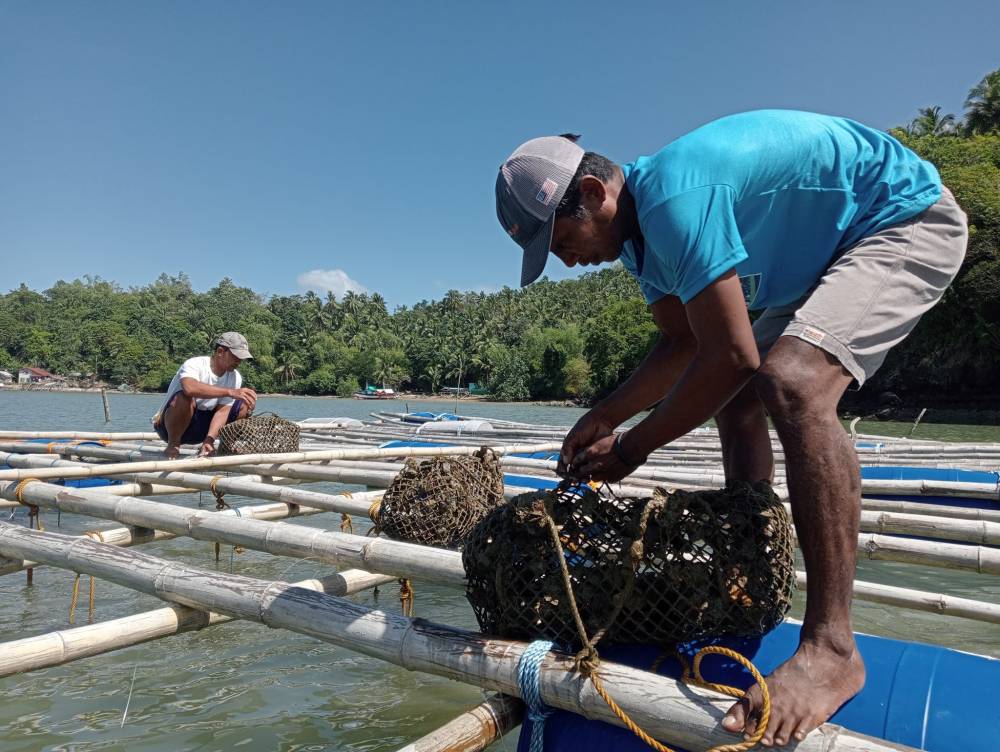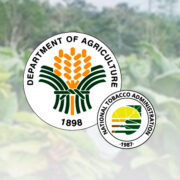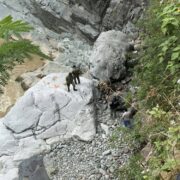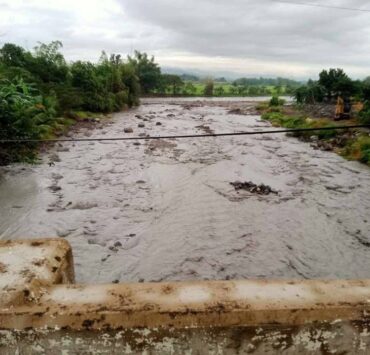Daram Island in Samar cleared of red tide

TACLOBAN CITY—Bodies of water encompassing Daram Island in Samar have tested negative for a toxic microorganism that causes red tide.
In a Feb. 6 advisory, the Bureau of Fisheries and Aquatic Resources (BFAR) reported that recent seawater samples collected from the coastal waters of the island no longer have traces of Pyrodinium bahamense, a dinoflagellate known for producing the red tide toxin.
Shellfish, locally known as “alamang” or “hipon,” harvested from the area were now safe for human consumption, bringing relief to local communities dependent on these resources for livelihood.
The BFAR, however, maintained a local red tide warning in several coastal waters of Eastern Visayas, where samples remain positive for the toxic microorganism.
A shellfish ban was still in effect in the coastal waters of Leyte, Leyte and the Matarinao Bay in Eastern Samar.
The BFAR has strictly prohibited the harvesting, selling, and consumption of all shellfish and “alamang” from these areas.
Filtered seawater samples collected from the coastal waters of Calbayog City, Samar also tested positive for Pyrodinium bahamense.
The BFAR urged the public to avoid gathering, selling and eating shellfish and “alamang” from the affected waters to prevent the risk of paralytic shellfish poisoning (PSP).
Guidelines
Fish, squid, shrimp and crabs in these areas are considered safe for human consumption, provided they are fresh, thoroughly washed, and their internal organs, such as gills and intestines, are removed before cooking.
The BFAR said they are actively monitoring these areas to safeguard public health and protect the shellfish industry.
The BFAR regularly analyzes water samples through its regional laboratory in Tacloban City to ensure that shellfish from different bays are safe for human consumption.
Red tide is a term used to describe a phenomenon where the water gets discolored by high algal biomass or the concentration of algae.
Consuming toxic shellfish could lead to PSP, which affects the nervous system within 30 minutes after consumption. Symptoms of PSP include tingling of the lips and tongue and which spreads to the face, neck, fingertips and toes. It will also lead to headache, dizziness and nausea, among others.
In severe cases, the BFAR said muscular paralysis and difficulty in breathing may occur within five to twelve 12 hours.
So far, there is no antidote or direct treatment for PSP, but the BFAR said symptoms may be treated by inducing vomiting and pumping the stomach.

















